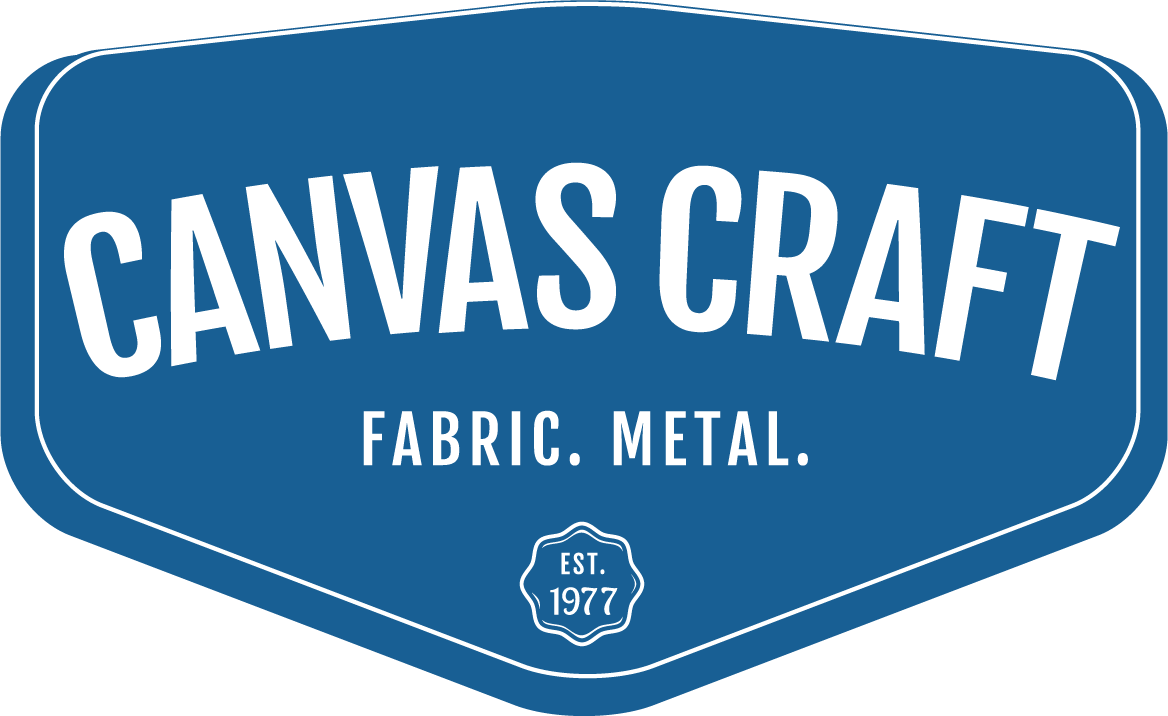Rapid Prototyping at Canvas Craft: How We Do It.
It is an exhilarating feeling when you see your idea materialized into something tangible. This is why at Canvas Craft, we endeavor to shorten the time it takes to produce a prototype as much as possible. With 40 plus years of providing solutions using industrial fabric products, we have perfected the skills and invested in systems that enable us to serve you in the least amount of time and guarantee the best quality outcome.
In this article, we highlight our rapid prototyping that sets us higher than others in the industry.
Rapid Prototyping Process at Canvas Craft
The prototyping process starts with understanding the customer's idea first. So, the first step when we make contact is to know what the customer needs. We do this by listening.
Listen to the Customer
It is not always that a customer will come to you and tell you what they need. Sometimes they are unsure, and through careful listening, you understand what they are trying to say to you. The ability to listen and translate ideas into a design is what sets apart good designers, and something we continue to take very seriously at Canvas Craft.
Creatively Draw the Designs using CAD
Now that our designers have sat down with the customer and better understand their needs, the next step is to draw the design. It doesn't matter where they are drawing as long as they get the work done. Mostly the designer will do the first drawing as they talk with the customer. So, whether it is on a napkin at a restaurant or a whiteboard at the office, we only need an initial design that we can improve on. From there we move to a CAD drawing using a software called Solidworks to create state of the art 3D renderings of the concept. With the concept now living digitally, we can manipulate the design and create models that ultimately go to the shop floor and into production for our customers.
Developing a Pattern
After the customer approves the design, the next step in the process is making a pattern. At Canvas Craft, we understand the “ART” of hand patterning, and we’ve mastered this art over the last 40 years, but at some point that pattern needs to be converted to a digital asset.
Digital patterns are more preferred as the output is easily transferred to cutting and fabrication machines electronically. There are numerous softwares available for making the patterns, and our experts work with Solidworks and Patternsmith to produce 3D patterns that are easy to inspect.
Patterning is crucial in any product development as it shows you what the final product may look like. The pattern helps you choose the best materials to use for optimum functionality for your project. Whether it is an improvement of an existing design or a design from scratch, we can produce the most attractive and structurally sound products.
Making the Prototype
Once the designers and customers are satisfied, it is time to build the prototype. We cut the carefully selected fabric using our precision cutting equipment. Also, the metal frames are cut and welded. The team finally assembles the prototype, and we only start production once the customer approves. Our goal is to make this entire process as short as possible.
Developing your product from imagination or an idea, to a working prototype requires unique skills. At Canvas Craft, we have been developing this expertise over the last four decades. We ensure rapid prototyping from concept to building a functional working prototype in the shortest time possible. Once the prototype is made and you approve it, we can get to the production of your project, whether it is in the thousands of units or a single project.
Do you have a unique idea or a design you would like to see materialized into a working prototype? Feel free to contact us to discuss your specific product idea, and how we may be able to help.
